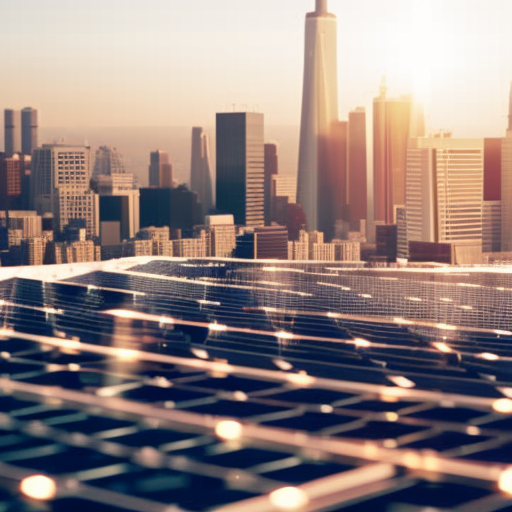Summary:
Energy efficiency technologies refer to various methods and technologies that aim to reduce energy consumption and improve the efficiency of energy use. These technologies play a crucial role in mitigating climate change, reducing greenhouse gas emissions, and promoting sustainable development. They encompass a wide range of applications, including buildings, transportation, industry, and appliances. By implementing energy efficiency technologies, we can reduce our reliance on fossil fuels, lower energy costs, and create a more sustainable future.
Buildings:
Buildings account for a significant portion of global energy consumption. Energy efficiency technologies in buildings focus on reducing energy demand through insulation, efficient lighting, and smart heating and cooling systems. Insulation materials such as fiberglass and cellulose can minimize heat transfer, while efficient lighting systems like LEDs consume less energy and have a longer lifespan. Smart heating and cooling systems use smart thermostats and occupancy sensors to optimize energy use based on occupancy and temperature.
Transportation:
Transportation is another sector with significant energy consumption. Energy efficiency technologies in transportation aim to reduce fuel consumption and emissions. Hybrid vehicles combine an internal combustion engine with an electric motor, resulting in improved fuel efficiency. Electric vehicles (EVs) use electricity as their primary source of power, eliminating the need for fossil fuels altogether. Additionally, technologies like regenerative braking and aerodynamic designs further enhance energy efficiency in transportation.
Industry:
Industrial processes consume a substantial amount of energy. Energy efficiency technologies in the industry sector focus on optimizing processes and equipment to reduce energy waste. Combined Heat and Power (CHP) systems, also known as cogeneration, simultaneously produce electricity and useful heat from a single fuel source, maximizing energy efficiency. Energy management systems monitor and control energy use in industrial facilities, identifying areas for improvement and optimizing energy consumption.
Appliances:
Energy-efficient appliances have become increasingly popular in households. Technologies such as Energy Star ratings help consumers identify appliances that meet specific energy efficiency criteria. Energy-efficient appliances, such as refrigerators, washing machines, and air conditioners, utilize advanced technologies like variable speed compressors and smart sensors to reduce energy consumption while maintaining performance.
Renewable Energy Integration:
Energy efficiency technologies also play a crucial role in integrating renewable energy sources into the grid. By reducing energy demand, energy efficiency technologies can help balance the intermittency of renewable energy generation. For example, demand response programs allow consumers to adjust their energy usage based on supply availability, reducing the strain on the grid during peak demand periods.
Benefits and Challenges:
Implementing energy efficiency technologies offers numerous benefits. It reduces energy consumption, lowers energy costs, and decreases greenhouse gas emissions. Energy efficiency also enhances energy security by reducing dependence on imported fuels. However, there are challenges to widespread adoption, including high upfront costs, lack of awareness, and the need for policy support and incentives. Overcoming these challenges requires collaboration between governments, businesses, and individuals to prioritize energy efficiency and invest in the development and deployment of energy efficiency technologies.
In conclusion, energy efficiency technologies are essential for reducing energy consumption, mitigating climate change, and promoting sustainable development. From buildings and transportation to industry and appliances, these technologies offer a wide range of solutions to improve energy efficiency. By embracing energy efficiency technologies, we can create a more sustainable future and reduce our impact on the environment.












